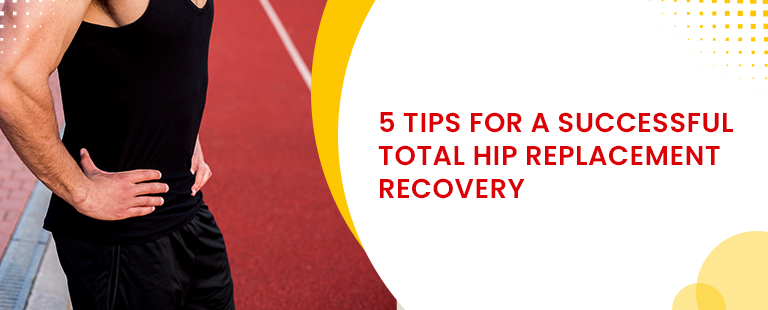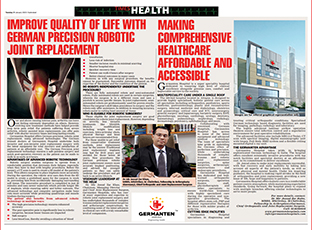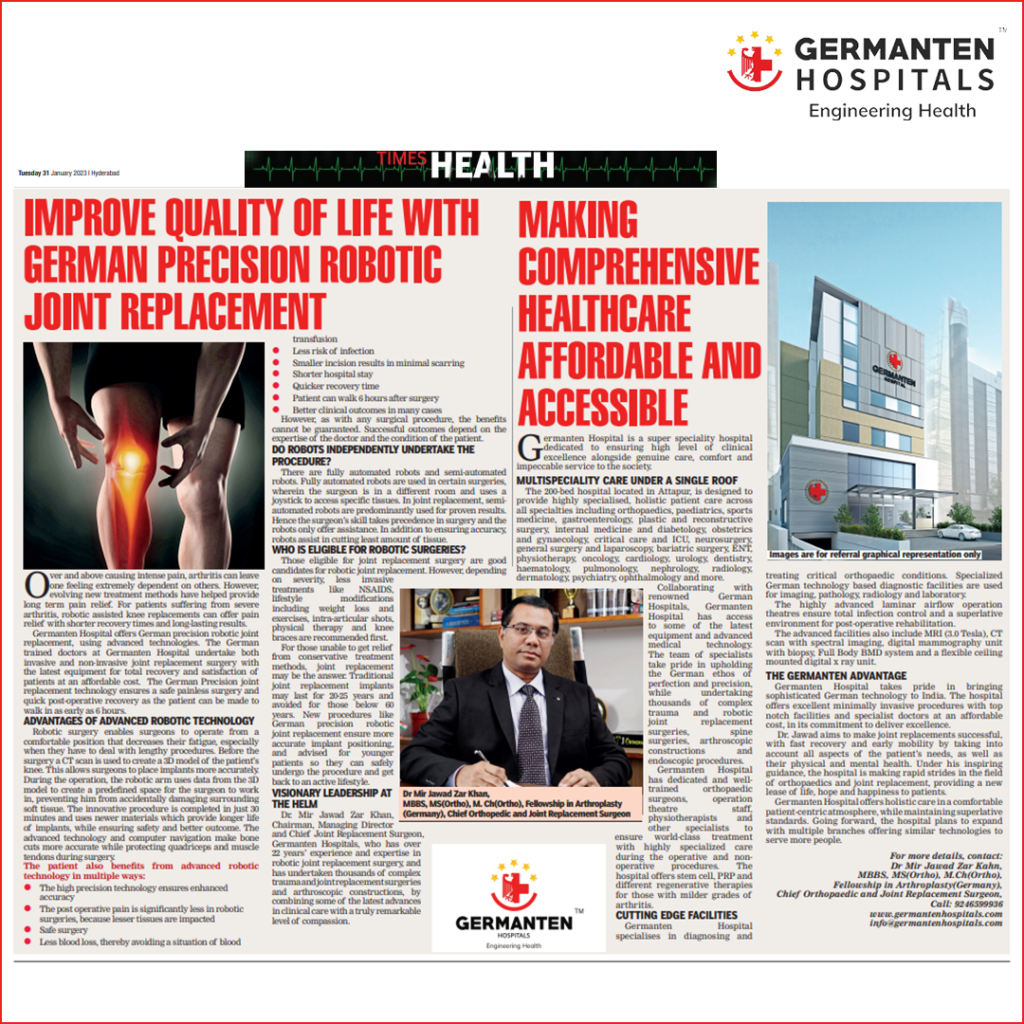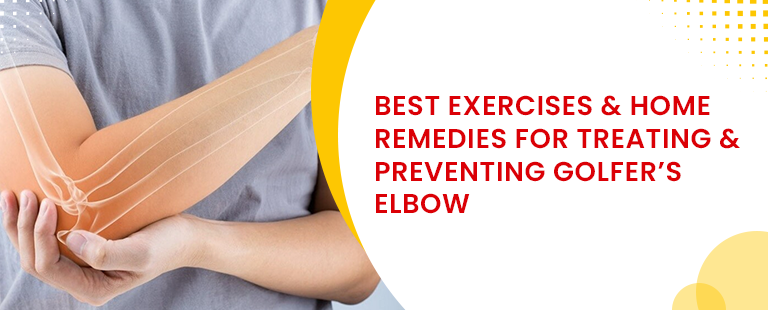What is knee revision surgery?
When the knee replacement surgery stops functioning correctly, a revision knee replacement surgery is performed. This surgical procedure involves the replacement of the old device with a new one.
One should take revision surgery seriously. It is supposed to be more complicated than a primary total knee replacement. Moreover, it involves almost the same risks. It is estimated that many total knee revision surgeries occur within two years of the initial knee replacement.
What makes revision knee replacement more complicated than initial surgery?
The initial knee replacement provides a lifespan of around 20 years, but the same is not true for revision knee replacement surgery. The performance gets reduced by accumulated trauma, scar tissue, and mechanical breakdown of components. Moreover, the chances of complications are also high.
The complications arise as the best knee revision surgeons have to remove the original implant, which grows into the existing bone at a given time. Also, with the removal of the prosthesis, only a little bone remains.
In some instances, a bone graft is required for a new prosthesis. It involves transplanting a piece of bone from another part of the body or a donor.
Bone graft provides support and leads to new bone growth. The procedure requires additional preoperative planning, specialised tools, and exceptional surgical skill. It takes much more time to perform knee replacement revision surgery than a primary initial knee replacement.
You will find some specific symptoms that indicate the need for knee replacement revision surgery. These include:
- Reduced stability or function in the knee
- increased pain or an infection
- a bone fracture or implant device failure
- Pieces of the prosthetic device can break off, and the particles can accumulate around the joint.
Reasons for a Revision Knee Replacement
Short-term revisions: Infection, failed procedure that leads to implant loosening, or a mechanical failure
Infection can start showing itself within days or weeks of surgery. It can also occur many years after surgery.
Infection after the knee replacement generates severe complications. The bacteria that accumulates around the wound or inside the device is the reason for this Infection. It can also be caused by contaminated instruments or by items in the operating room. However, Infection is rarely caused in the operating room as extreme precautions are taken. Infection buildup fluids, and hence a total or partial knee revision surgery is required.
Unusual swelling, tenderness, or fluid leakage are the signs of Infection, and one should immediately contact the best knee revision surgeons. Your surgeon will examine your knee, which includes X-rays and other imaging tests such as CT or MRI scans. It provides information about bone loss and determines if you are suitable for a knee replacement revision surgery.
An aspiration procedure is performed if fluid buildup around the artificial knee. The fluid is examined in the lab to understand the type of Infection and if other treatment steps are in order.
Long-term revisions: pain, loosening due to wear of mechanical components, stiffness, dislocation
Long-term wear and tear of the implant occur over the years. A well-researched statistics on the long-term knee revision surgery rates for knee replacement showed results of 2 per cent for five or more years in 2004. As of 2011, the revision rate is 6 per cent after five years and 12 per cent after ten years. It has also been found that the rate of total and partial knee revision surgery for all age groups within five years of surgery is about 77 per cent. This rate increases to 10 per cent for patients 65 and older.
The long-term total knee revision rates data varies due to several factors, such as age. The chances for revision are lower for younger people. To reduce future problems, try to maintain weight and not indulge in activities such as running, jumping, and high-impact aerobics that cause stress on the joint.
The aseptic loosening procedure breaks the bond between the bone and the implant as the body attempts to digest the particles. At this time, the body begins to digest bone, known as osteolysis. This causes weakened bone, fracture, or problems with the original implant.
Visit Germanten Hospital now if you are looking for the best knee revision surgeons.






